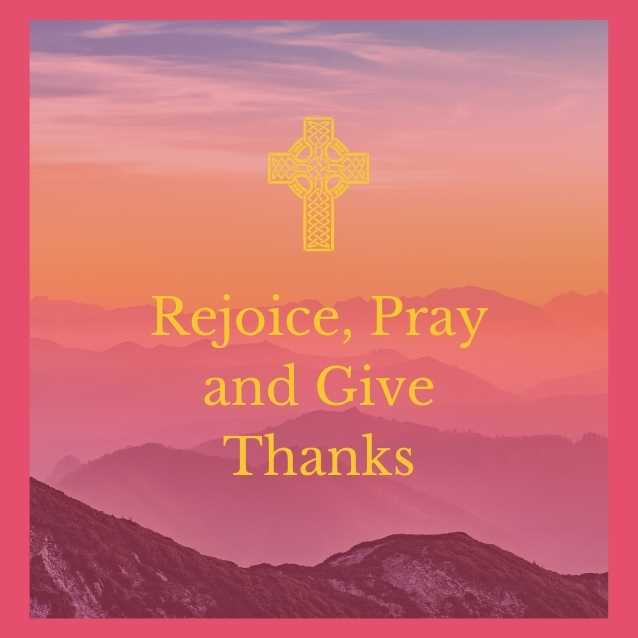How To: Study the Bible

Introduction
I know what you’re thinking, I don’t have time to study the Bible. But the reality is that Bible study doesn’t have to take hours a simple study can be done in as little as 15min.
This is the method that I personally use in my study and I break each step down day by day. So, on day 1, I only compare translations, day 2, I focus on observations in my favorite translation, day 3, I consider the context, and day 4, I apply it to my life. This post will walk you through each step and then in the weekly Bible studies this month we will be using this method.
Comparison
Day 1, step 1, compare translations. In this step read the chosen verse(s) in as many translations as possible. [Bible Gateway] is a great site to help with this step. As you read different translations make mental note of how the wording differs. I use the New American Standard Bible (NASB), English Standard Version (ESV), New International Version (NIV) and the New Living Translation (NLT) for my comparisons. You may find you prefer to compare others, this is totally okay. This is your Bible study use what you are comfortable with but don’t be afraid to branch out you will be amazed at what you can learn.

Observation
Day 2, Step 2, Observe the text in your preferred translation. I use the ESV in my study, for me it is the clearest. In this step we want to focus on what we see in the text itself, don’t try to interpret yet. Questions to ask yourself:
1) Are there any words that repeat?
2) What about contrasts or comparisons?
3) Figures of speech?
4) Does the author list things?
5) Does it include any cause/effect statements?
6) Who do the pronouns refer to?
7) What is the tense of the verbs?
8) Are there any words/phrases that stand out to you?
9) Are there any words you want to study?
Don’t be afraid to let this step be messy. I would suggest writing the verse(s) in a journal with plenty of room between words and lines so you can scribble all over it. I like to use highlighters and colored pens so I can color code my observations. Find what works for you, there is no wrong way.
Deep Dive/Context
Day 3, Step 3, consider the context and do a deep dive. This takes a couple forms. First look at the scriptural context. What do the surrounding verses discuss? Do they impact your reading of the chosen verse(s)? How does this verse fit into the overall message of the book and the Bible as a whole?
Second, the historical/cultural context. What was happening in the time this verse was written? What is the culture of the area?
Context may be the hardest to discern at times but is extremely important. If we take a verse out of its context we can often miss the meaning completely. There are tools available to help with this don’t let this be the thing that stumps you.
Make note of the differences in translations from day one use those to find words/phrases you want to take a deeper look at. Also look at your observations is there a person you want to know more about? This particular day might take longer than some of the others but the deeper you are able to go the more accurate your application will be.

Application
Day 4, Step 4, bring it forward. Looking at everything what does this verse mean? How can you apply it to your everyday life? It is not enough to merely read the Bible we have to apply it to our lives and allow it to change us. When determining how to apply the scriptures to your life take the time to pray and ask the Lord to lead you.
Conclusion
There are a number of Bible Study methods this is the one I use, and we will be covering some of the other options in future posts. For now, just remember the word CODA. Comparison, Observation, Deep Dive, and Application.





